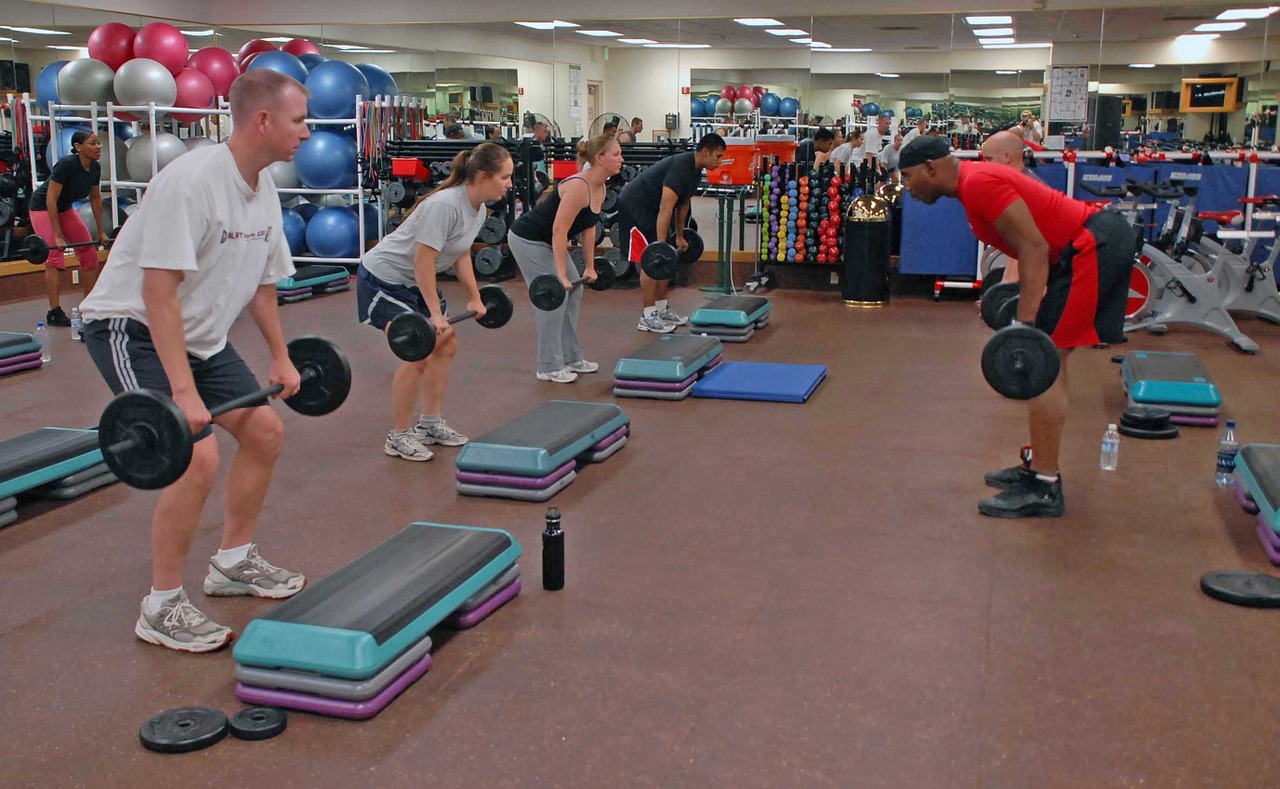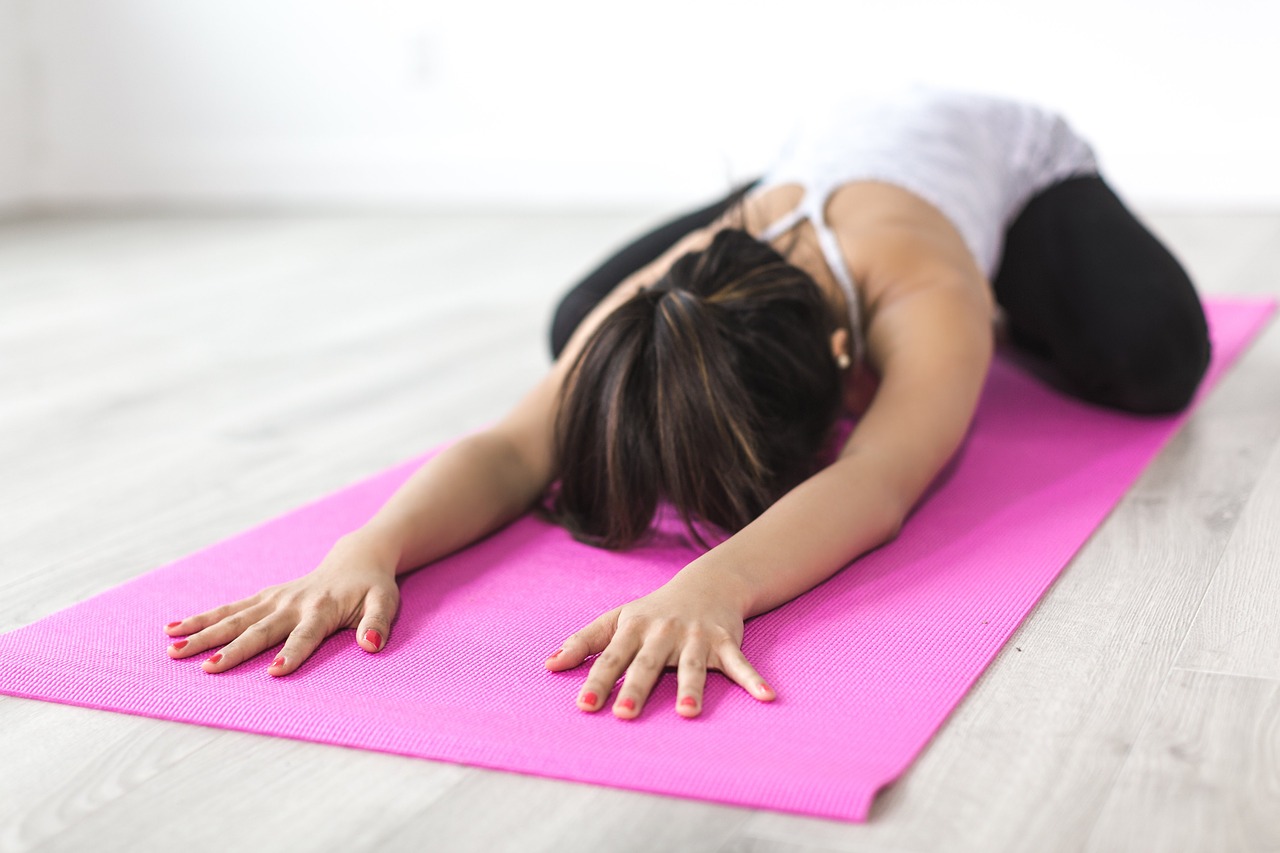In order to double the effectiveness of your training, it is helpful to know the theories. They are called “8 Key Sports Training Principles”. This is also called the 3 principles of training or 5 principles.
You don’t have to learn everything all at once, but you can incorporate it into your regular exercise routine. Keep these 8 Training Principles in mind for your original fitness training program.
They can help you make wise exercise decisions so you can achieve your goals more quickly with less wasted effort.
In this article, we’ll show you how to learn and use them.
01.
Overload Principle

To improve fitness and strength, the training load must be greater than what the body is accustomed to. This is the Overload Principle.
You must continually increase training loads as your body adapts over time.
Muscles adapt and improves its function. Your body adjusts to your existing training loads. If your workouts load is all the same, your muscles will get used to it and it will be difficult to be effective. In other words, in order to change your body, increase the workout loads constantly.
02.
Specificity Principle

How you train determines what you get. Exercise should be designed based on your specific goal. This is the Specificity Principle.
Take the right steps to for your purposes.
This principle guides you in designing your fitness training program. If you want to build the size of your biceps, you would increase weight loads on bicep curls and related exercises.
03.
Reversibility Principle

If you don’t continue training, your body will be back to normal. This is the Reversibility Principle.
Endurance makes you stronger. Exercising consistently is key to maintaining fitness. The effects of training are reversed if there is a long break in exercise.
04.
Progression Principle

You should gradually increase the reps and sets of workouts. This is the Progression Principle.
In order to strengthen the muscle, it is necessary to gradually increase the load rather than repeating the same load.
A sudden increase in load may cause injury. A well-planed program increase it gradually.
05.
Variation Principle

You should do whole-body training. This is the Variation Principle. You should consistently change aspects of your workouts, such as menus, sets, reps.
Training variations decrease risk of injuries by over-training. According to the theory, the nerves of the human body are all connected. If you train only a part of your muscles intensively, you may lose your balance, which may lead to injury.
Variation in exercise also prevents boredom. It helps increase motivation of training.
06.
Recovery Principle

The Recovery Principle is that we need adequate time to rest and recovery between exercises and workouts. It is a principle that you can improve the result of training by focusing on recovery.
07.
Individualization Principle

Training menu should be designed for each individual. This is the Individualization Principle. The Principle of Individualization implies that workout program should be designed for personal differences. Different genders and ages have different training options. In other words, you can train your body efficiently if you know you well.
First of all, you should be aware of what kind of effect you can get from your training menu. Whether you want to train your upper arms or split your abdominal muscles, the power of consciousness and image is very important in training.
Try to focus on the response of your muscles rather than just the number of times you do it. As you continue to be aware, you will develop a synergistic awareness of how to take care of your body. I recommend that you become your own workout trainer.
08.
Regularity Principle
 Training is effective by repeating and continuing. This is the Periodization Principle.
Training is effective by repeating and continuing. This is the Periodization Principle.
Workouts won’t work well just a few times, no matter how hard it is. Repetitive practice is important. By repeating and continuing, you will be stronger.
Exercise must be done at regular intervals and be consistent. Consistency helps the body to adapt more efficiently and quickly. And you must get adequate rest between workouts in order to recuperate.
Stretching is important
For injury prevention, stretching can help.





























































